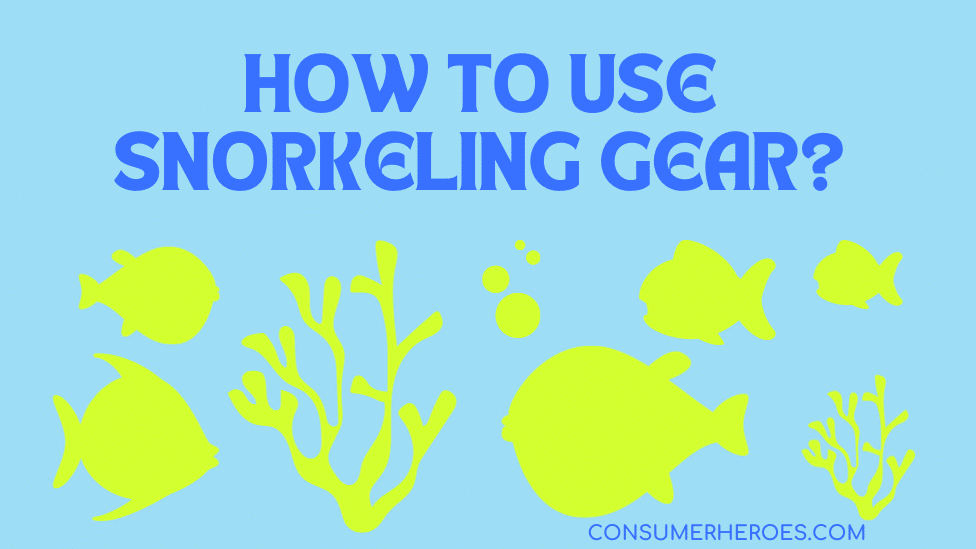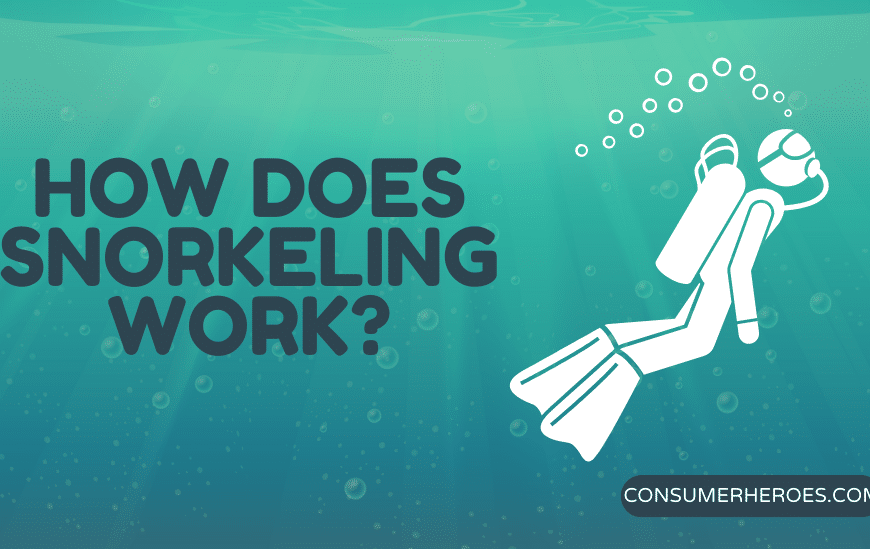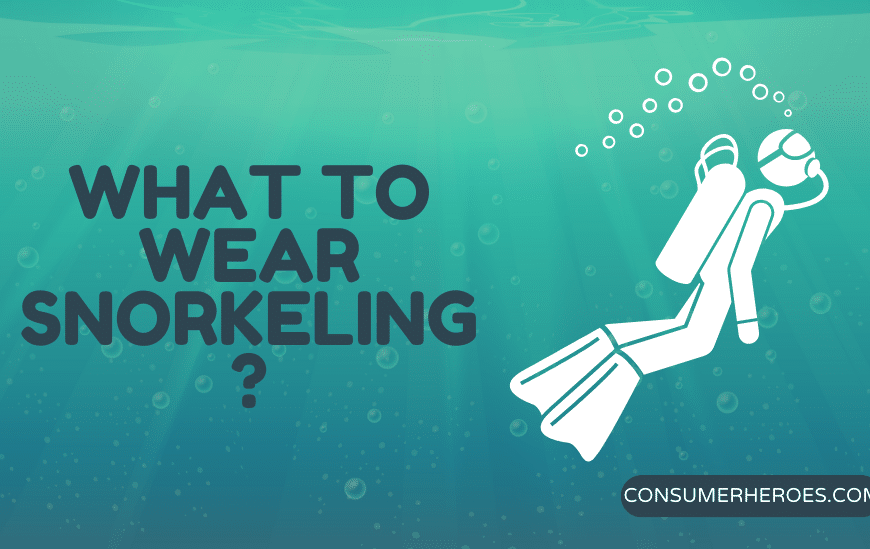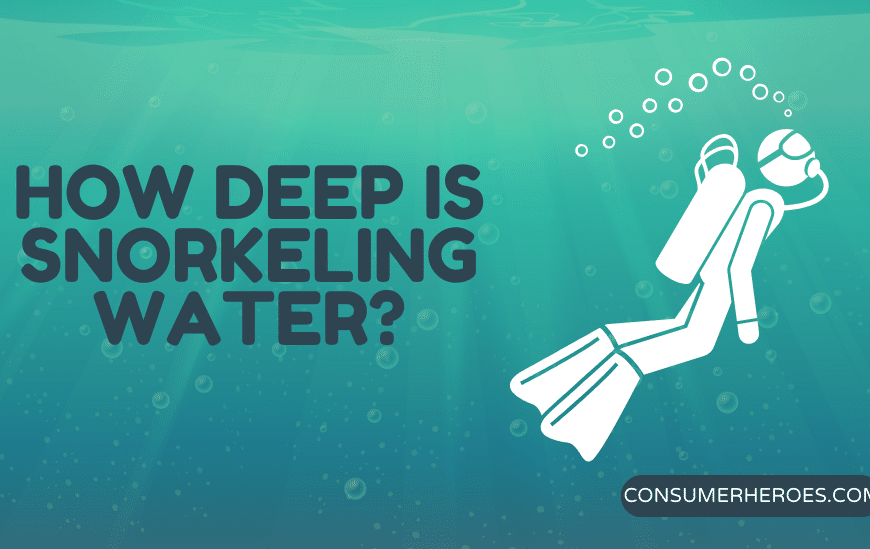Snorkeling is a popular activity that allows individuals to explore the underwater world without needing to hold their breath or use scuba gear. However, it can be challenging for some people to breathe comfortably through the snorkel tube. Knowing how to breathe properly while snorkeling can make the experience much more enjoyable and less stressful.
First and foremost, it is important to choose the right snorkel equipment. A properly fitting mask and snorkel can make a significant difference in ease of breathing and comfort. The mask should fit snugly around the face to prevent water from entering, while the snorkel should be the appropriate length and diameter to allow for easy inhalation and exhalation.
Once the equipment is selected, it is important to practice proper breathing techniques. Breathing through the mouth, rather than the nose, is essential when using a snorkel. Slow, deep breaths are recommended to conserve energy and prevent hyperventilation. Additionally, it is important to take breaks as needed and to avoid overexertion while snorkeling.
Understanding Snorkeling Breathing
Basics of Snorkeling Breathing
Snorkeling is a popular underwater activity that involves swimming with a mask and a snorkel, which is a tube that extends above the water’s surface. One of the most important aspects of snorkeling is proper breathing technique. To breathe while snorkeling, the person must inhale air through the snorkel and exhale it through the mouth or nose.
The snorkel tube must be placed in the mouth, with the mouthpiece between the teeth and the lips sealed around it. The tube must be positioned above the water surface to allow air to enter the snorkel. The person must then inhale deeply through the snorkel, filling their lungs with air, and exhale slowly and steadily through the mouth or nose.
Importance of Proper Breathing
Proper breathing is essential for safe and enjoyable snorkeling. It helps to conserve energy, reduce fatigue, and prevent panic underwater. When a person breathes too quickly or shallowly, they may become tired or anxious, leading to discomfort or even danger.
To avoid these problems, it is important to practice slow, deep breathing while snorkeling. This will help to regulate the body’s oxygen supply and reduce the risk of hyperventilation, a condition in which the body takes in too much oxygen and exhales too much carbon dioxide.
In conclusion, understanding the basics of snorkeling breathing and the importance of proper breathing technique is crucial for a safe and enjoyable snorkeling experience. By practicing slow, deep breathing, snorkelers can conserve energy, reduce fatigue, and prevent panic underwater.
Proper Snorkeling Equipment
Choosing the Right Snorkel
When it comes to snorkeling, having the right equipment is essential. The snorkel is one of the most important pieces of equipment, as it allows the snorkeler to breathe while swimming face down in the water. There are many different types of snorkels available, so it is important to choose the right one for your needs.
One of the first things to consider when choosing a snorkel is the length. A longer snorkel will allow the snorkeler to dive deeper, but it may also be more difficult to breathe through. A shorter snorkel may be easier to use, but it may not allow the snorkeler to dive as deep. It is important to find a balance between length and ease of use.
Another factor to consider is the diameter of the snorkel. A wider diameter will allow for easier breathing, but it may also allow more water to enter the snorkel. A narrower diameter may be more difficult to breathe through, but it will also be less likely to allow water in.
Mask and Snorkel Integration
Another important factor to consider when choosing snorkeling equipment is the integration between the mask and snorkel. Some masks and snorkels are sold separately, while others are sold as a set. It is important to choose a mask and snorkel that are compatible with each other.
One option is to choose a mask and snorkel set that is designed to work together. These sets are often designed with special features that allow for easy integration between the two pieces of equipment. Another option is to choose a mask and snorkel separately, but make sure that they are compatible with each other.
Overall, choosing the right snorkeling equipment is essential for a safe and enjoyable snorkeling experience. By considering factors such as the length and diameter of the snorkel, as well as the integration between the mask and snorkel, snorkelers can find the equipment that best meets their needs.
Breathing Techniques
Proper breathing techniques are essential for snorkeling as they help conserve energy, reduce fatigue, and increase overall comfort and enjoyment. Here are some effective techniques to help you breathe comfortably and efficiently while snorkeling.
Belly Breathing
Belly breathing, also known as diaphragmatic breathing, is a technique that involves breathing deeply into your belly rather than your chest. This technique is effective in increasing the amount of air you inhale with each breath and reducing the risk of hyperventilation.
To practice belly breathing, lie on your back and place one hand on your chest and the other on your belly. Inhale deeply through your nose, allowing your belly to rise as you fill your lungs with air. Exhale slowly through your mouth, allowing your belly to fall as you release the air. Repeat this process several times until you feel comfortable with the technique.
Slow and Steady Breathing
Slow and steady breathing is another effective technique for snorkeling. This technique involves taking slow, deep breaths and exhaling slowly and evenly. This technique is useful in reducing anxiety and increasing relaxation.
To practice slow and steady breathing, inhale slowly and deeply through your nose, filling your lungs with air. Hold your breath for a few seconds, and then exhale slowly and evenly through your mouth. Repeat this process several times until you feel comfortable with the technique.
Purge Breathing
Purge breathing is a technique that involves clearing water from your snorkel tube by forcefully exhaling air through it. This technique is useful in preventing water from entering your lungs and reducing the risk of choking.
To practice purge breathing, exhale forcefully through your mouth while keeping your lips tightly sealed around the mouthpiece of your snorkel. This will force water out of the tube and clear it for your next breath. Repeat this process several times until you feel comfortable with the technique.
Remember to breathe slowly and deeply, and to take breaks as needed. With practice, you will find the breathing techniques that work best for you and be able to enjoy your snorkeling experience to the fullest.
Safety Measures
When snorkeling, it’s important to take appropriate safety measures to ensure a safe and enjoyable experience. Here are some tips to keep in mind:
Avoiding Panic
Panic is one of the biggest dangers when snorkeling. If a snorkeler panics, they may breathe too quickly, hyperventilate, or surface too quickly, which can lead to serious injury or even death. To avoid panic, it’s important to:
- Stay calm and relaxed. Take deep breaths and focus on your breathing.
- Don’t push yourself too hard. If you feel uncomfortable or out of breath, take a break.
- Don’t snorkel alone. Always snorkel with a buddy and keep an eye on each other.
- Stay within your limits. Don’t snorkel in rough waters or beyond your abilities.
Surface Breathing
Surface breathing is another important safety measure when snorkeling. When snorkeling, it’s important to breathe only through the snorkel and not through the nose. If water enters the snorkel, the snorkeler should exhale forcefully to clear the water and then resume breathing normally. To practice surface breathing, follow these steps:
- Place the snorkel in your mouth and bite down gently on the mouthpiece.
- Take a deep breath through the snorkel and hold it for a few seconds.
- Exhale slowly through the snorkel to clear any water.
- Resume breathing normally through the snorkel.
By following these safety measures, snorkelers can enjoy a safe and enjoyable experience in the water.
Common Snorkeling Breathing Mistakes
When snorkeling, it is important to breathe properly to ensure a comfortable and safe experience. Unfortunately, there are several common mistakes that people make when it comes to snorkeling breathing. Here are a few of the most common mistakes to avoid:
Holding Your Breath
One of the most common mistakes that people make when snorkeling is holding their breath. This can lead to discomfort, fatigue, and even panic. When you hold your breath, you are depriving your body of oxygen, which can cause your heart rate to increase and your muscles to fatigue more quickly.
Breathing Too Quickly
Another mistake that people often make when snorkeling is breathing too quickly. When you breathe too quickly, you are not allowing your body to fully absorb the oxygen that it needs. This can lead to hyperventilation, which can cause dizziness, confusion, and even loss of consciousness.
Breathing Through Your Mouth Only
Many people make the mistake of breathing through their mouth only when snorkeling. This can cause your throat to become dry and sore, and can also make it difficult to equalize the pressure in your ears. It is important to breathe through both your mouth and nose when snorkeling to ensure that you are getting enough air and to make equalizing easier.
Not Equalizing Properly
Equalizing is an important part of snorkeling, as it helps to prevent discomfort and injury. Many people make the mistake of not equalizing properly, which can lead to ear pain and even damage. It is important to equalize frequently and gently, using techniques such as the Valsalva maneuver or the Frenzel maneuver.
By avoiding these common snorkeling breathing mistakes, you can ensure a comfortable and safe experience while enjoying the beautiful underwater world.
Tips and Tricks for Effective Breathing
When snorkeling, breathing is key to enjoying the experience. Here are some tips and tricks for effective breathing while snorkeling:
- Breathe Slowly and Deeply: Take slow and deep breaths through your mouth. This will help you relax and conserve your energy. Avoid rapid breathing as this can cause hyperventilation.
- Use a Snorkel: A snorkel is a tube that allows you to breathe while your face is submerged in water. Use a snorkel that fits comfortably in your mouth and has a purge valve to clear water out.
- Exhale Completely: When you exhale, make sure to exhale completely to get rid of all the carbon dioxide in your lungs. This will help you take in more oxygen with your next breath.
- Stay Calm: If you feel anxious or nervous, take a break and float on your back. Focus on your breathing and relax your body.
- Practice Breathing: Practice breathing with your snorkel before you go snorkeling. This will help you get used to the feeling and make it easier to breathe when you’re in the water.
Remember, effective breathing is essential to enjoying your snorkeling experience. By following these simple tips and tricks, you can breathe with ease and fully enjoy the beauty of the underwater world.
Conclusion
Snorkeling is a fun and exciting way to explore the underwater world. However, it can also be a bit daunting, especially if you are new to it. Breathing correctly is an essential part of snorkeling, and it can take some practice to get it right.
In conclusion, the key to breathing when snorkeling is to remain calm and relaxed. Remember to breathe slowly and deeply through your mouth, using the snorkel tube to inhale and exhale. Keep your head and body still, and avoid hyperventilating. With practice, you will soon be able to enjoy the wonders of the underwater world without any breathing difficulties.
Here are some key takeaways to keep in mind:
- Practice breathing through the snorkel tube before heading out to the water.
- Stay calm and relaxed while snorkeling.
- Breathe slowly and deeply through your mouth.
- Avoid hyperventilating.
- Keep your head and body still while breathing.
- If you experience any difficulties, return to the surface immediately.
By following these tips, you can ensure a safe and enjoyable snorkeling experience. So, grab your snorkeling gear and head out to explore the beautiful underwater world!







